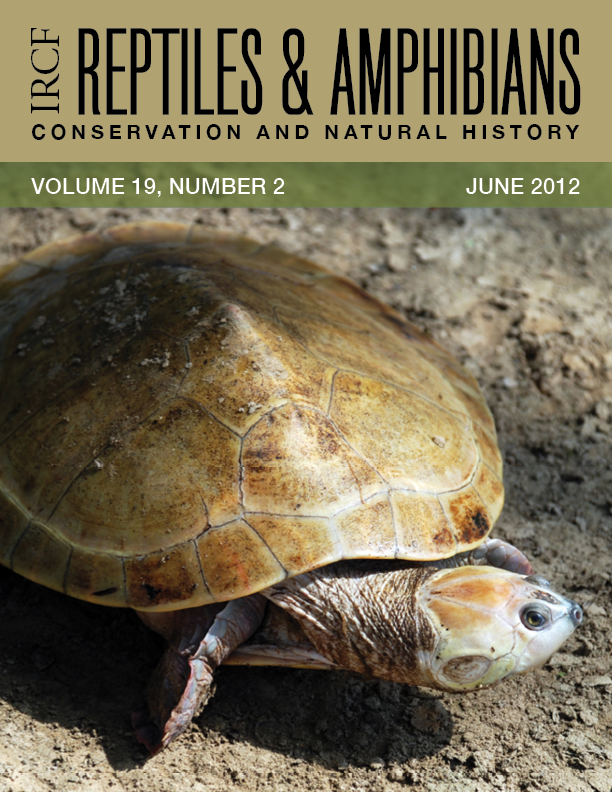Courtship Behavior in the Cuban Ameiva (Ameiva auberi ustulata, Squamata: Teiidae) from the Siboney-Juticí Ecological Reserve in Eastern Cuba
DOI:
https://doi.org/10.17161/randa.v19i2.13887Abstract
The genus Ameiva Meyer 1795 comprises 23 species of which 14 are found in Central and South America and 18 occur in the West Indies. These lizards occupy diverse habitats (e.g., grasslands, tropical forests, sandy beaches) but most species appear to prefer open areas. They are ground-dwellers and active diurnal foragers. Cuba harbors only one species, Ameiva auberi. However, 40 subspecies are distributed widely across the main island, adjacent cays, and on into the Bahamas. Reproductive behavior has been documanted in some species in the family Teiidae, but not for A. auberi, about which only one published account reported the underground deposition of a single egg. Herein, we describe for the first time the reproductive behavior (except ovipositioning) of A. auberi ustulata in natural habitat in the Ecological Reserve Siboney-Jutici (eastern Cuba) on 22-25 July 2009. Between 1200 and 1600 h, we observed six mating pairs directly or while using monocular Nikon Fieldscopes. We describe three sequential stages of reproductive behaviior: (1) Pursuit, (2) prematiing and mating, and (3) excavation, with a total duration of 64.8+-17.6 min (46-92 min).
Downloads
Published
Issue
Section
License
Copyright is held by the authors. Articles in R&A are made available under a Creative Commons Attribution-NonCommercial 4.0 International license.

